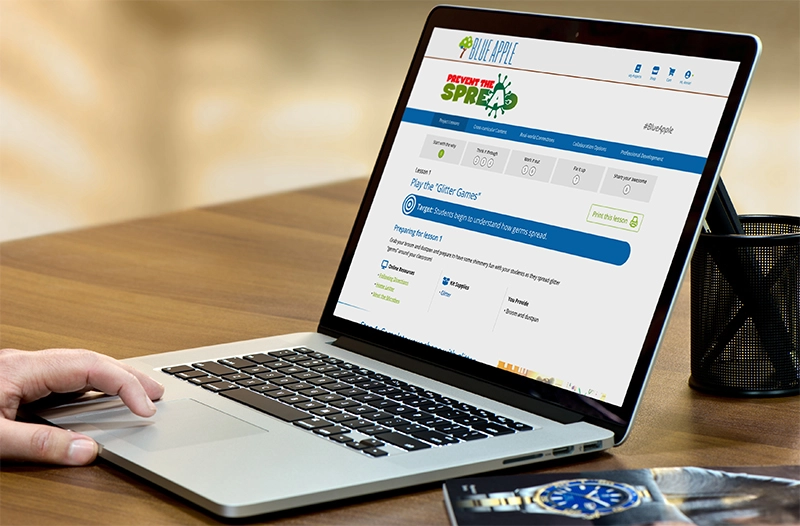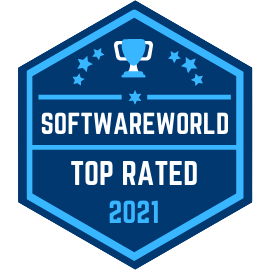The stay-at-home orders and social distancing mandates that have fundamentally changed the way that other industries do business has impacted the world of software development as well. But maybe not in the ways you imagine.
At Mutually Human, we’re used to working with clients all over the country, so we were well prepared to work remotely as a team as well. We do many of our consultations virtually so we were set up to continue to meet potential and existing clients from the safety of our homes.
Now, the ways that our business has changed is in the kinds of software we are asked to build.
Most of our clients have great tools to assist them with in-person sales and client visits. But neither of those activities are feasible right now. So many of our clients are asking us the same question:
How do we set ourselves up to do the sales activities we used to do in a different way?
They need tools that will help their clients engage with them remotely or even complete these activities in a self-serve manner. The tools they have in place are currently not set up well to enable their clients to do this.
For example, let’s take the Coke Freestyle machines that people love to use to customize their fountain drinks at restaurants. When trying to limit the spread of germs, those things are terrible with their giant touch screen and large buttons.
But how will the Coke company re-engineer them so people feel safe using them? Will they make them WiFi-enabled and create an app so you can select your drink on your phone? Will they make them voice-activated?
But these strategy and brainstorming sessions about creating cutting-edge remote and self-serve sales tools got us wondering.
What’s the next step to set our clients up to win in this new world?
Being able to do a lot of these things virtually, or allowing the customers to do them themselves, will be a very popular thing in the new “normal times.” Customers that have discovered the convenience of grocery delivery or curbside pick-up aren’t going to completely return to shopping in the store.
The same is true for your customers. Companies that have embraced remote and self-serve options for clients are going to find that they will continue to be successful in the new “normal” times.
If you’re interested in converting your existing sales tools into tools that can be used remotely or even in a self-serve manner, checking out our KeyQ planner is a great first step.
Our KeyQ planner is a 10-step framework is designed to help you and your team really think through the key questions you should answer before starting the process of developing a new piece of software. This framework will help you and your team begin to think of ways to rethink, re-engineer, or rebuild your current tools to empower your sales team and customers to succeed in these times.









